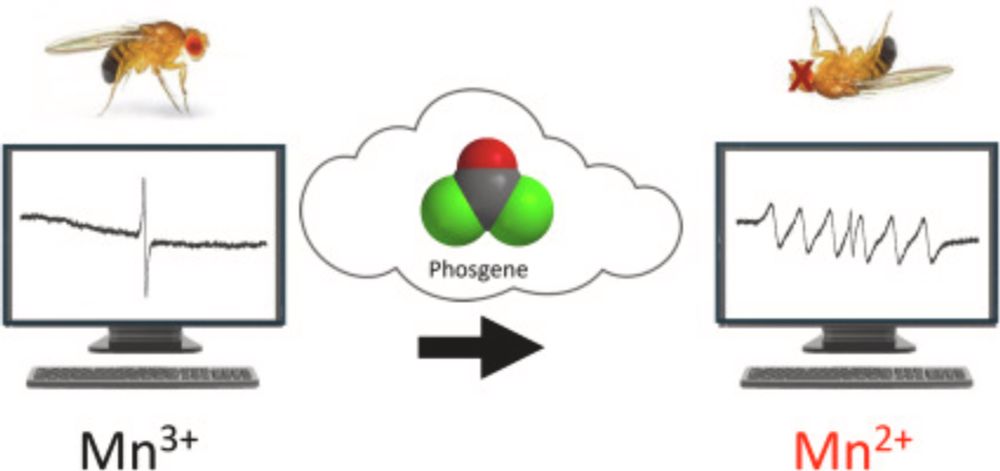The Interactive Fly
@interactivefly.bsky.social
1K followers
240 following
2.1K posts
The Interactive Fly (https://www.sdbonline.org/sites/fly/aimain/1aahome.htm) is a cyberspace guide to Drosophila Development. Special sites describe Drosophila as a model of human diseases, stress response, neural circuits, evolution, and behavior
Posts
Media
Videos
Starter Packs














